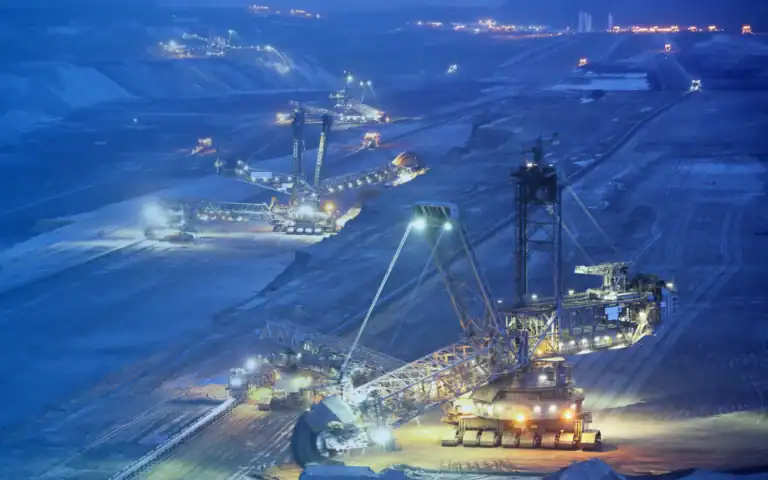Evolving digital technologies are propelling transformational changes across the broadcast industry and delivering the next generation of television.
This ecosystem continues to develop, and consumers are increasingly expecting to watch high quality content, whenever and wherever it’s convenient. As well as this expansion, broadcasters continue to innovate. Technological developments are providing broadcasters with exciting new content propositions and ways to enhance the viewing experience.
Broadcasters are driving change which we can see emerging in the following areas:
Creating a higher quality viewing experience
Today’s viewer has an ever-expanding range of content and entertainment options. There’s a growing capacity requirement coming from increased quality. There’s also an expanding diversity of both content services and the types of devices they can access. The ability to consume that content anywhere, anytime is of increasing importance. We hear a lot about the expansion of mobile viewing and the proliferation of devices. However, there are Australians and many other audiences around the world that still consume most of their content on television. It is essential to continue to drive innovation on television, hand-in-hand with other platforms, to deliver a better viewing experience.
One example of this innovation is the next generation DVB-T2 trials conducted over a six-month period in early 2018. The trials were undertaken to assess the performance and potential of DVB-T2 technology as a possible replacement for the DVB-T standard for digital terrestrial television delivery. DVB-T2 technology when combined with new compression technologies provides the capability to deliver 4K picture quality for broadcast television channels.
Creating greater programming flexibility
This is a substantial leap forward in the level of picture resolution and colour quality. As a result, it is four times better than the current high definition standard and offers greater programming flexibility for broadcasters. This was witnessed firsthand in July when Broadcast Australia, (now BAI Communications), and Free TV in partnership with ABC, SBS and TXA, gave the broadcast industry a taste of the future, transmitting Ultra High Definition 4K content live over the terrestrial platform. The demonstration took place at the Next Generation Television Industry Showcase event. It marked the first ever live transmission of 4K content over the terrestrial platform in Australia.
This innovation will mean viewers can access a variety of higher quality content, from sport and entertainment to cultural events. Television has always brought families and friends together inside the home. DVB-T2 technology will help ensure that watching television continues to be exciting, especially with continuous improvement in large screen devices. While we’re currently in the trial stages of 4K broadcasting, our aspiration is that all Australians will have access to even higher quality, flexible content.
Creating trusted and high-quality content
Throughout the evolution of television services, from black and white to colour and then from analogue to digital, broadcasting has continued to advance, keeping pace with ongoing shifts in technology and delivering new higher quality experiences to viewers, reliably and efficiently.
Broadcast television (and of course radio) has played and continues to play a fundamental role in forming our national identity. Due to Australia’s size and geographic dispersity, television and radio are an integral source of social, political and cultural matters for all communities.
The first live transmission of 4K content over the terrestrial platform showcased a performance from the inspirational Bangarra Dance Theatre. For the first time on broadcast television viewers watching could see the intricacies of the performance, from the movement and choreography, to the emotion on the faces of the performers, creating a truly immersive experience. Bringing local stories from Aboriginal communities, and the indigenous heritage of our country, into the homes of Australians, reiterates the important role of the local broadcast industry in supporting our national identity.
Creating higher quality Next Generation immersive sound
Next generation immersive sound systems are also a development which broadcasters are developing on a world-wide basis. These systems place the viewer / listener in a “cinema like” environment right in their own home.
Next generation immersive sound systems move on dramatically on from the current single track – mono, or two track – stereo, audio and with multi track immersive sound channels being projected into the home environment from Sound Bar technology. Subsequently this places the listener into an immersive and self-personalised listening environment. The key to this personalised environment is the metadata carried with the sound signals where the viewer can create their own unparalleled listening experience.
Collaborating for the future
Our industry has been experiencing significant change and challenge over recent years, and the pace of change will continue to accelerate, driving an increasing need for collaboration and cooperation between all industry members and with partners in the technology and telco ecosystem. Furthermore, we see this happening in markets around the world as broadcasters are collaborating on all parts of the system. From content commissioning to sharing investment in network management and delivery systems, to create more efficient and innovative solutions.
The key to future sustainability will be the industry’s ability to come together to provide a truly seamless experience of anytime, anywhere local and global content to the viewer, in the most efficient way possible. We’re excited to see this become a reality as innovation in broadcasting continues to evolve.






